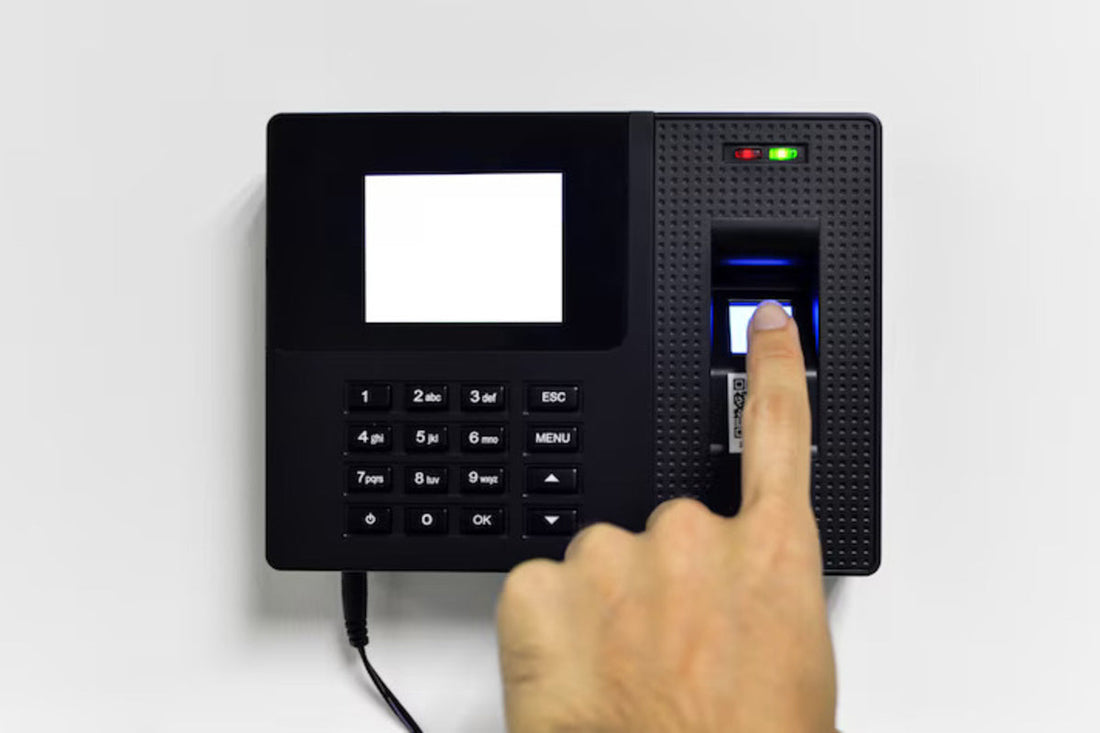
Everything You Need to Know about Biometric Attendance Machines
Share
Biometric Attendance Systems Explained: How They Work and Why They Matter
In today’s fast-paced world, manual attendance tracking is becoming obsolete. Organizations are increasingly adopting biometric attendance machines to ensure accurate, reliable, and efficient attendance management. But how exactly do these devices work? In this guide, we'll explore the inner workings of biometric attendance systems, their components, and why they’re a game-changer for modern workplaces.
What is a Biometric Attendance Machine?
A biometric attendance machine is a device that records employee attendance using unique biological data such as fingerprints, facial features, iris patterns, or voice recognition. Unlike traditional punch cards or manual registers, these systems rely on the fact that every individual has a unique set of biometric traits.
Key Components of a Biometric Attendance System
Biometric Sensor
The sensor captures raw biometric data. Depending on the type of system, this could be a:
• Fingerprint scanner
• Facial recognition camera
• Iris scanner
• Voice recognition microphone
Processor & Software
The internal processor analyzes the captured data, extracts unique patterns, and converts them into a digital format.
Database
This is where all biometric templates are stored. Each employee’s data is securely saved for future comparison.
Authentication Module
When someone checks in or out, the system compares the scanned data with the stored templates to verify identity.
Connectivity Interface
The system may be connected to a central server, cloud-based platform, or integrated with HR/payroll systems through Wi-Fi, Ethernet, or USB.
How It Works: Step-by-Step
1. Enrollment
The first step is to register users. Each employee’s biometric data (like a fingerprint) is scanned and stored in the system as a unique digital template.
2. Data Capture
When an employee clocks in or out, the machine scans their biometric trait.
3. Data Matching
The system compares the new scan with the stored template to verify the person’s identity.
4. Attendance Logging
If the data matches, the system logs the date and time. This data can then be synced to HR software or stored locally.
Types of Biometric Technologies Used
• Fingerprint Recognition – Most common, cost-effective, and fast.
• Facial Recognition – Ideal for contactless attendance; useful in post-COVID scenarios.
• Iris Recognition – Very accurate but often more expensive.
• Voice Recognition – Less common due to environmental noise challenges.
Benefits of Biometric Attendance Machines
✅ Accurate & Tamper-Proof
Biometric traits cannot be shared or duplicated, eliminating time theft and buddy punching.
Real-Time Monitoring
Managers can track employee attendance in real time, even remotely.
Efficient Payroll Integration
Attendance data can be automatically fed into payroll systems, reducing errors and manual work.
Contactless Options Available
With facial and iris recognition, attendance can be recorded without touching the device—ideal for hygiene and health.
Challenges to Consider
• Initial Cost – Biometric systems can be more expensive upfront than traditional systems.
• Privacy Concerns – Collecting biometric data must comply with data protection regulations like GDPR.
• Hardware Limitations – Dirty or injured fingers can affect fingerprint scans; lighting can impact facial recognition.
Conclusion
Biometric attendance machines represent the future of workforce management. By ensuring accurate, secure, and efficient attendance tracking, they offer significant advantages over traditional methods. Whether you're managing a small office or a large enterprise, investing in biometric technology can streamline operations, improve accountability, and save valuable time.
Ready to implement a biometric attendance system in your workplace? Let us help you choose the right solution tailored to your business needs. Reach out today!
